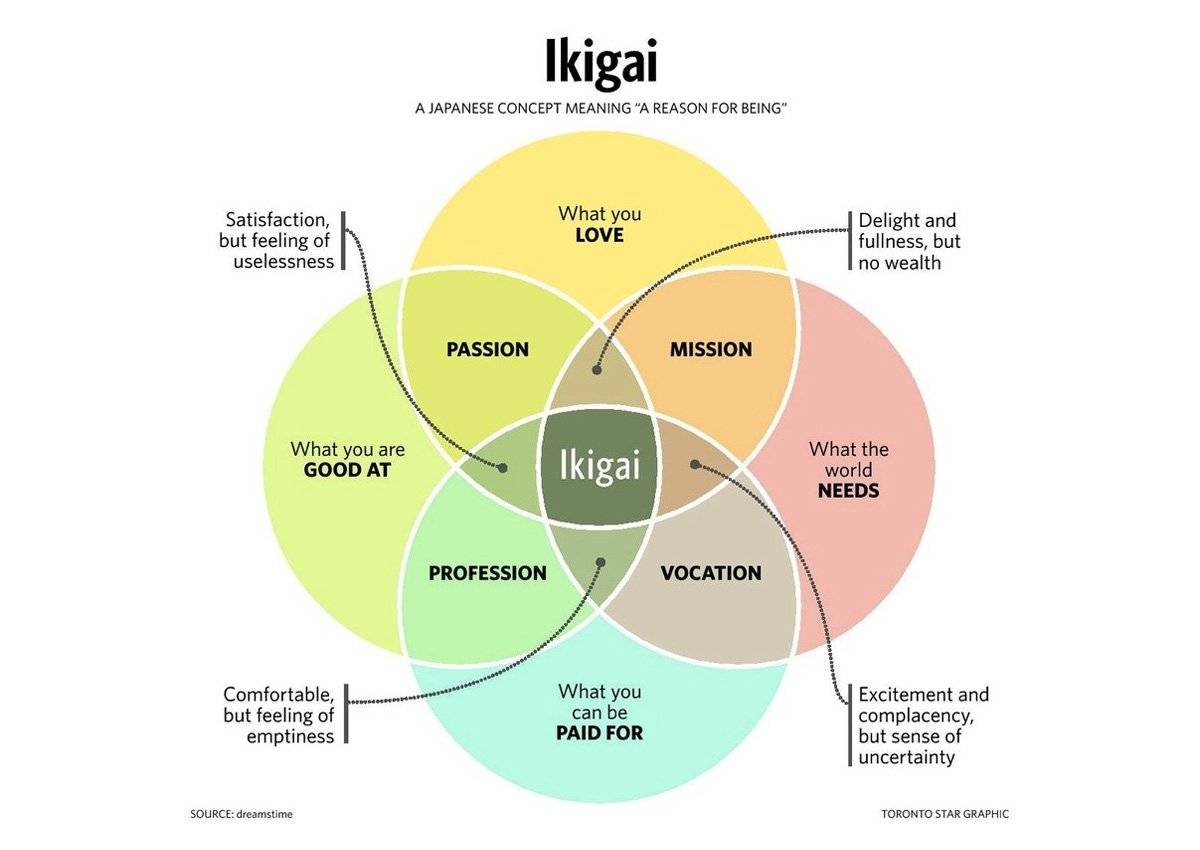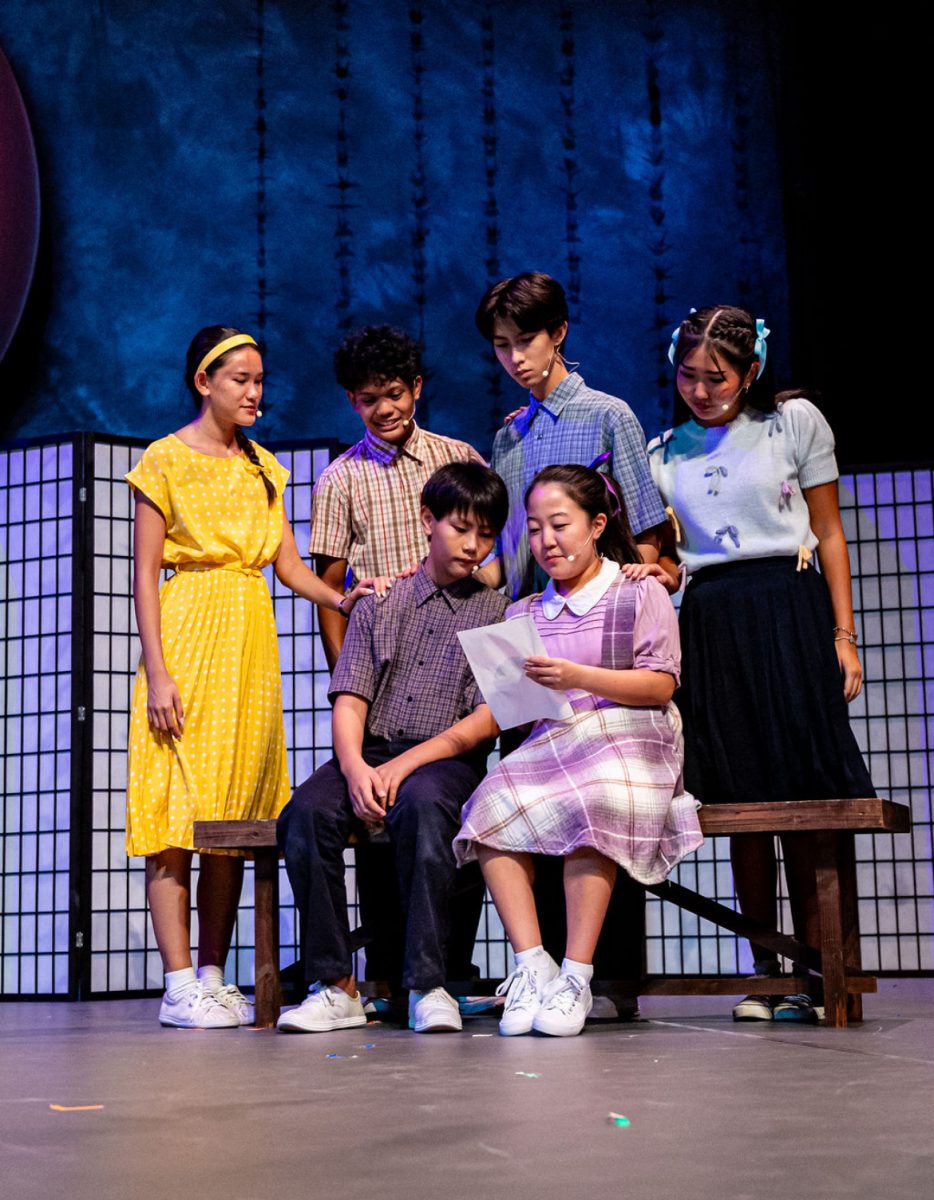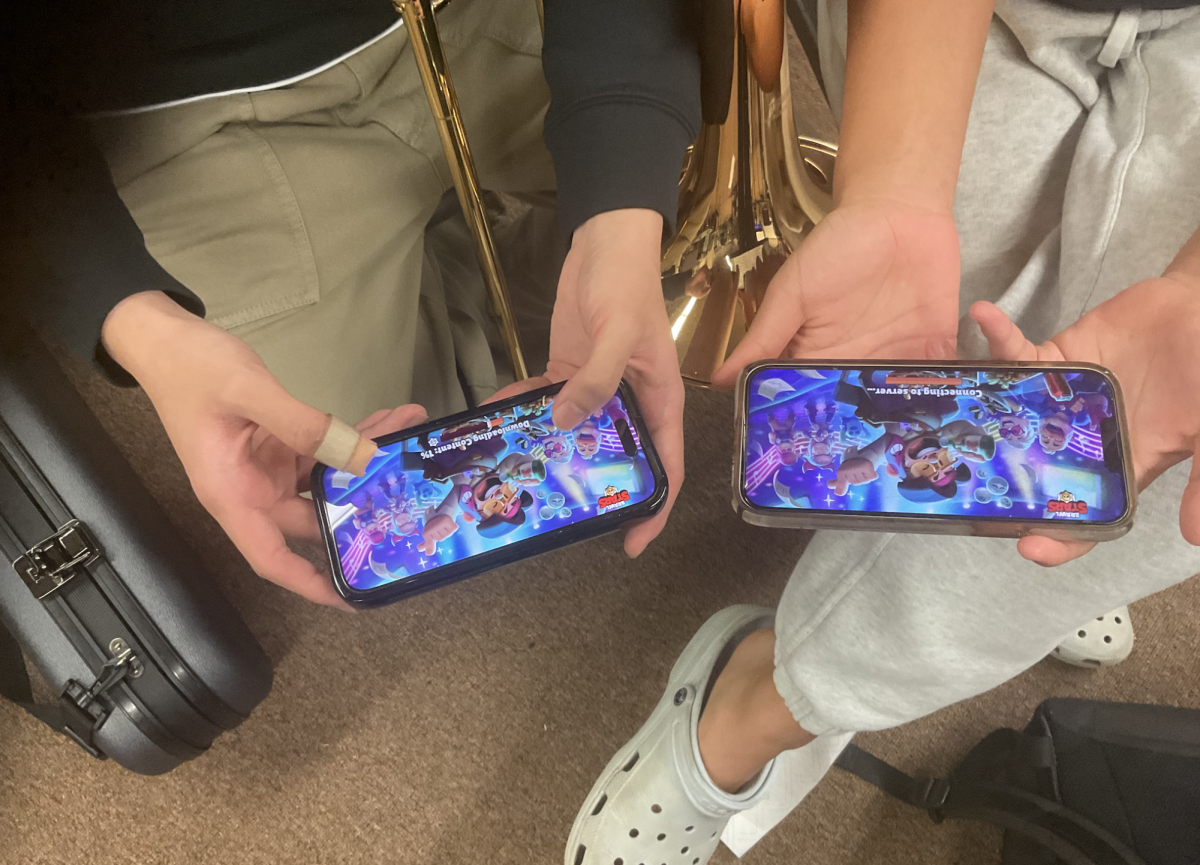The range of backgrounds in Hawaii can make it difficult for everyone to feel heard and prioritized. This largely includes Native Hawaiians, the group indigenous to these islands, who face a disproportionate amount of issues.
Of the many problems the Native Hawaiian community faces, students at Mid-Pacific selected one they were most drawn to.
Hawaiian Education
Senior Sebastien Kiyabu thinks an emphasis on education for Kānaka Maoli is needed.
“I feel that education is a stepping stone to progress,” Kiyabu said.
Education doesn’t only improve poverty rates and violence among communities, it also helps to enhance the scarcity of cultural practices.
“Having education to back your way of life and your understanding and perspective on the world is essential to both live and also to preserve culture,” Kiyabu said. “Having [the] foresight and understanding of how things work is how one can preserve their own culture within an American society.”
Finding a middle ground between going to a western school setting and expressing his culture was something Kiyabu struggled with.
“I go to a private school but I’m Hawaiian and balancing that duality was difficult, but I was able to do it. [I] live my Hawaiian culture through how I behave and how I act, not necessarily through how I choose to live my life,” Kiyabu said.
Getting over that hurdle was difficult, but Kiyabu hopes to inspire others going through the same journey.
“How I’ve led my life is how you can start breaking down those walls,” Kiyabu said.
Homelessness
Senior Elias Heshiki believes homelessness is an issue that needs action now.
“It’s definitely an issue that’s obvious when people say they want to help with it, but it’s not being addressed,” Heshiki said.
Data published by Stanford University in 2020 states that 51% of the homeless population in Hawai’i identifies as Native Hawaiian, despite only making 8% of the islands’ population as a whole.
“Some of them end up dying or being super far from help that we can’t offer that to them anymore,” Heshiki said.
This issue is not isolated from Heshiki, who has an aunty with family members who are homeless.
“Those are her brothers and sisters, and they’re being forced out to the street,” Heshiki said.
To begin solving the issue, Heshiki wants to see reinstatement of Hawaiian lands to Kanaka Maoli, as well as more homestead opportunities.
“This is Hawaiian land at the end of the day. It’s something that needs to be restored back to them,” said Heshiki.
Spreading the word is an important part of problem solving, which can be accomplished through things like documentaries, Heshiki said.
“That’s a good way for people to watch the documentaries and just show; this is a real thing we’re not making this up,” Heshiki said.
“Keep Hawaiian Lands in Hawaiian Hands.”
Junior Chanel Awai doesn’t agree with Hawaiian Home Lands (HHL) requirements for Kānaka Maoli to have a guaranteed spot on their ancestral lands.
“It just bothers me how you need to be 50% Hawaiian to apply for a homestead,” Awai said. “And that’s the only way you can even have a chance at owning land or having property in Hawai’i that’s affordable for your family as a Native Hawaiian.”
The blood quantum requirement isn’t the only thing blocking people from joining, as the waitlist is backlogged with 28,000 names. This number discourages many people from applying, including Awai’s grandparents.
“I’m not going to get anything passed down to me. It not only affects their present right now but it affects my future,” Awai said.
Awai feels that the displacement of Kānaka Maoli causes Hawaiʻi to lose its genuineness, especially as the appropriation of culture continues.
“The culture is being lost,” said Awai. “Hawaii is losing its authenticity.”
In order to retain this weaning authenticity, Awai finds a deep guidance in her culture.
“I also feel very connected to my culture and one with my truest self when I’m dancing hula,” Awai said.
Hula is a form of storytelling, and even if the audience doesn’t understand the meaning behind each oli, Awai believes that can be derived through the art of dancing. A way of keeping her culture alive.
“I feel like I am expressing some form of education,” Awai said.














